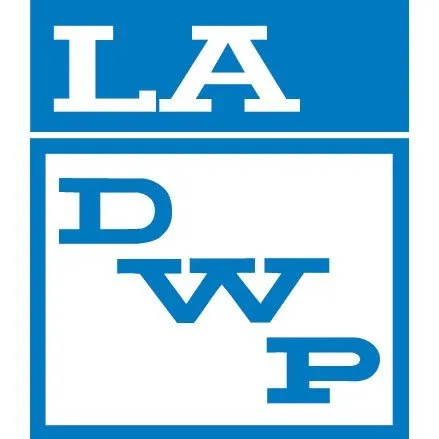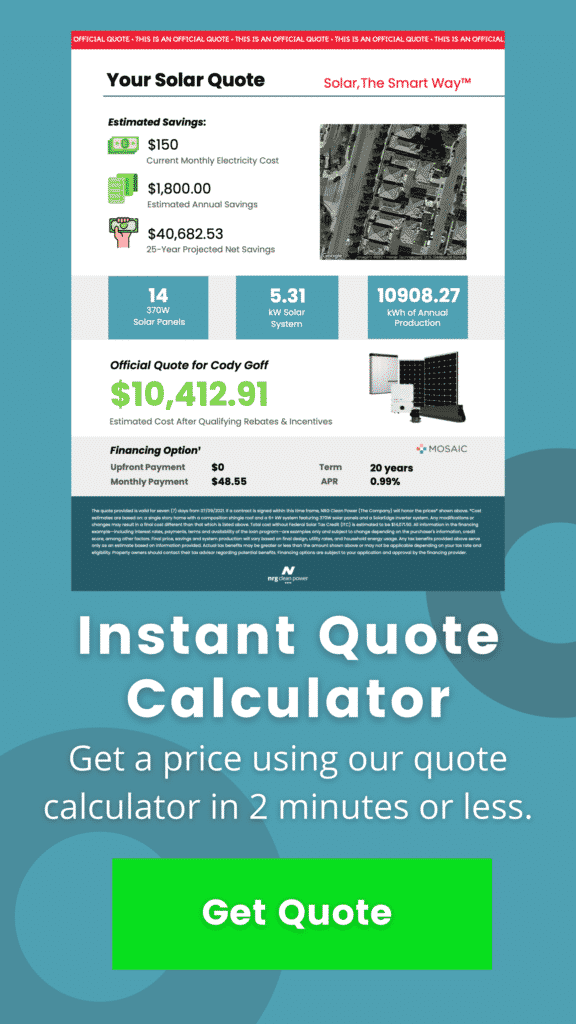
The new Los Angeles Department of Water and Power (LADWP) rates in 2024 will be effective on January 1, 2024.
With reference to electricity, this affects residential customers on both Standard Residential Rate plans and Time-of-Use Residential Rate plans. As for water, the rate increases will apply to all four tiers.
LADWP offers several alternative utility services and programs, including how to prepare your house for the adjustments in rates.
In this post, we look at the LADWP utility rates increases and what this will mean to your bill.
What Are Your Choices?
Residents can choose from several options to manage their power and water usage and, consequently, their utility bills.
Electric Rates
Residential customers have two different rate options:
Standard Residential Rate
Although it can spike on hot summer days, this is a one-size-fits-all rate that stays fairly consistent throughout each month at a flat price per kilowatt hour (kWh) based on the following:
- Location in Los Angeles
- Zone 1 – cooler areas
- Zone 2 – hotter areas
- Season
- High – June-September
- Low – October-May
- Consumption Tiers
- 1 – basic lighting, heating, and refrigeration
- 2 – additional electrical appliances
- 3 – multiple units of the above
Below is a rate table that gives you an idea of how your bill is calculated.
| Zone 1 | Zone 2 | |||
|---|---|---|---|---|
| Monthly | Bi-Monthly | Monthly | Bi-Monthly | |
| Tier 1 | First 350 kWh | First 700 kWh | First 500 kWh | First 1,000 kWh |
| Tier 2 | Next 700 kWh | Next 1,400 kWh | Next 1,000 kWh | Next 2,000 kWh |
| Tier 3 | Above 1,050 kWh | Above 2,100 kWh | Above 1,500 kWh | Above 3,000 kWh |
Source: LADWP Electric Rates

Power Access Charge
In addition to the rates above, LADWP also applies a Power Access Charge (PAC). This is a monthly fixed charge based on your highest level of energy use in the previous year. It can decrease when you lower your energy use.
The PAC is determined by your ZIP code or Zone and the tier of electric rate you’re on. For example, if you live in Zone 1 and your highest monthly energy use was 600 kWh, then your PAC would be Tier 2.
From October 1st every year, your PAC will be determined by the highest energy usage from the preceding 12 months.
Time-of-Use Residential Rate
Time-of-Use (TOU) rates fluctuate depending on when you use electricity. They cost more during peak hours because LADWP has to invest more heavily in generating power during those powers. Residents can enjoy lower energy costs during LADWP’s off-peak hours (5PM-10AM).
TOU is determined by the time of day and season of electricity usage. There are three such periods:
| High Peak Period | 20 hours/week | Monday-Friday 1:00 - 4:59 PM |
| Low Peak Period | 30 hours/week | Monday-Friday 10:00 AM - 12:59 PM 5:00 - 7:59 PM |
| Base Period | 118 hours/week | Monday-Friday 8:00 PM - 9:59 AM All Saturday and Sunday |
The most expensive periods to use heating are high peak, then low peak, with the cheapest time to use heating being the base period.
You might be a good candidate for the LADWP TOU rate if your bills have Tier 3 usage consistently or if you’re a residential customer using solar power and always accumulating solar credits.
For customers who are on Standard Residential Rate, a good way to save money is by switching to TOU during off-peak hours — from 9am-5pm and to 8pm-10am Monday-Friday, and from 10am-4pm to 9pm-10pm Monday-Friday, but only for the below-mentioned appliances/equipment:
- fish ponds, swimming pools, or spas
- central AC system
- electric space heaters
Water Rates
The LADWP water rates are based on two factors: usage and meter size. The latter refers to the amount in cubic feet of water your meter measures each month. The more it measures, the higher your bill will be.
For example, if you live in an apartment building with a 4/8-inch meter and your monthly water bill is $35, you’re paying $0.43 per 100 cubic feet of water used. This means if you used 800 cubic feet of water over 30 days ($35 x 800 / 100 = 43 cents), then 43 cents would be your cost per 100 cubic feet.
The LADWP has a four-tiered pricing structure for its water rates, associated with how much water a customer consumes:
| Tier 1 | Basic indoor usek | Cheapest water sources |
| Tier 2 | Average outdoor use | Several expensive water sources |
| Tier 3 | Above average outdoor use | More expensive water sources |
| Tier 4 | Excessive use | Most costly water sources |
Customers using the most water experienced the highest rate adjustment in January 2024. However, those using the same amount of water as in 2023 were not affected.
Starting January 1, water rates will stay the same for the first two tiers as in 2022, while the prices for Tier 3 users will increase by $1.244.
Tier 4 rates will go from $9.192 to $12.794 per 748 gallons, an increase of $3.602.
Who Can Avail Of Residential Rates?
The utility rates illustrated above apply to:
- Residential properties with one single-family residence
- Single-family properties with a guest house
- Individually metered accommodations
- Primarily residential condominiums and cooperatives with separately metered common areas
- Devices including battery chargers, motors, and appliances that conform to LADWP regulations and codes
These electric rates do not apply to single-family residential customers with an on-site transformer dedicated solely to that customer. For more information, consult Schedule A-1 – Small General Service.
Master metered multifamily and mobile home communities with a master water meter and sub-meters in each dwelling owned by the resident fall under the Schedule R-3 Residential Multifamily Service.
Are Discounts Available?
Depending on your classification, residential customers have various options to choose from under the residential rate. If any of the following apply to you, you qualify for a lower rate:
- Low Income
- Lifeline
- Electric Vehicle Discounts
- Solar or Wind Generation
To find out if you are eligible, check out Schedule R-1 – Residential Service.
Save Money With Solar Panels
A home solar panel system with a storage battery can charge during off-peak hours when rates are cheaper and then discharge at peak hours when rates are higher.
Home batteries can also store excess electricity generated from solar panels to be used after sunset.
Customers who have rooftop solar systems connected to LADWP’s energy grid may benefit from net metering. It allows your utility company to credit your account for the surplus power your rooftop solar system generates when you’re not using it.
Customers with rooftop solar panels can also sell excess electricity generated back to LADWP at a retail rate.
The Bottom Line
As rates increase year after year, so does the need to carefully consider your energy consumption and demand reduction options to lower your utility bills.
With the above information, you can identify the rate options and energy-saving strategies best suited for your home. This way, you can prepare yourself financially and reduce your utility bill as much as possible.

Authored by Ryan Douglas
NRG Clean Power's resident writer and solar enthusiast, Ryan Douglas covers all things related to the clean energy industry.


